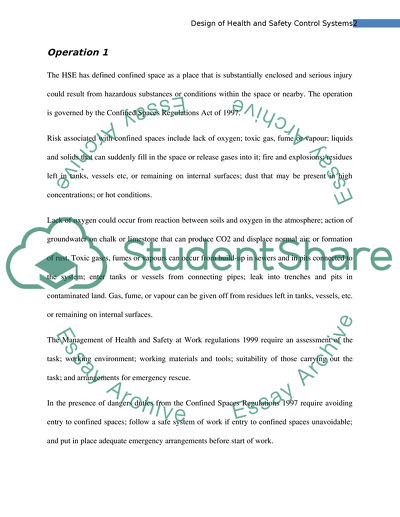Cite this document
(Design of Health and Safety Control Systems Assignment, n.d.)
Design of Health and Safety Control Systems Assignment. Retrieved from https://studentshare.org/science/1737452-the-design-of-health-and-safety-control-system
Design of Health and Safety Control Systems Assignment. Retrieved from https://studentshare.org/science/1737452-the-design-of-health-and-safety-control-system
(Design of Health and Safety Control Systems Assignment)
Design of Health and Safety Control Systems Assignment. https://studentshare.org/science/1737452-the-design-of-health-and-safety-control-system.
Design of Health and Safety Control Systems Assignment. https://studentshare.org/science/1737452-the-design-of-health-and-safety-control-system.
“Design of Health and Safety Control Systems Assignment”, n.d. https://studentshare.org/science/1737452-the-design-of-health-and-safety-control-system.


